Introduction
The 1980s were a transformative decade for the beauty industry, marked by bold experimentation, vibrant colors, and an overall larger-than-life approach to self-expression. Beauty trends in the ’80s were heavily influenced by pop culture, from the iconic fashion statements seen on music videos to the glamorous appearances of movie stars and models. Women embraced a more daring approach to beauty, moving away from the minimalist styles of the 1970s to adopt bolder, more flamboyant looks. This era saw the rise of heavy makeup, statement hairstyles, and fragrances that became just as much a part of a person’s identity as their clothes. With the help of emerging beauty brands and an influx of marketing innovations, 1980s beauty products became powerful tools in shaping personal identity and transforming everyday beauty rituals. Let’s dive into how some of these iconic products not only defined a generation but also paved the way for future beauty trends.
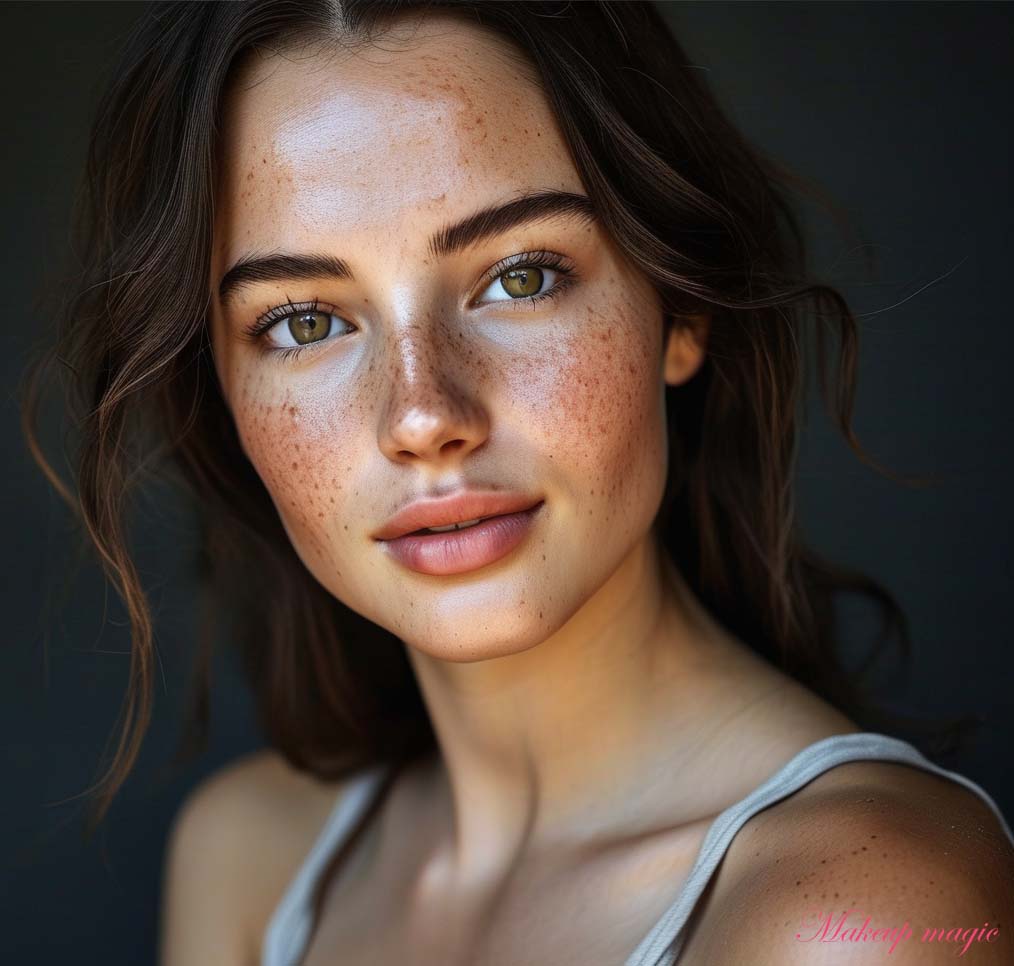
The Impact of Bold Makeup in the 1980s
In the 1980s, makeup took on a whole new level of boldness, with vivid, dramatic colors and intense expressions becoming the norm. This era was characterized by heavy contouring, bright eyeshadows, and exaggerated eyeliner. One of the defining features of 80s makeup was the use of neon and pastel hues—vibrant pinks, electric blues, and bold purples made their way onto eyelids, lips, and cheeks. Blush became an essential part of the makeup routine, often applied heavily to give the face a flushed, doll-like appearance. Popular brands like Maybelline, Revlon, and CoverGirl brought forth products that allowed women to experiment with these intense colors. Lip gloss, in particular, became a must-have, providing a shiny, glossy finish that was not only youthful but also highly fashionable.
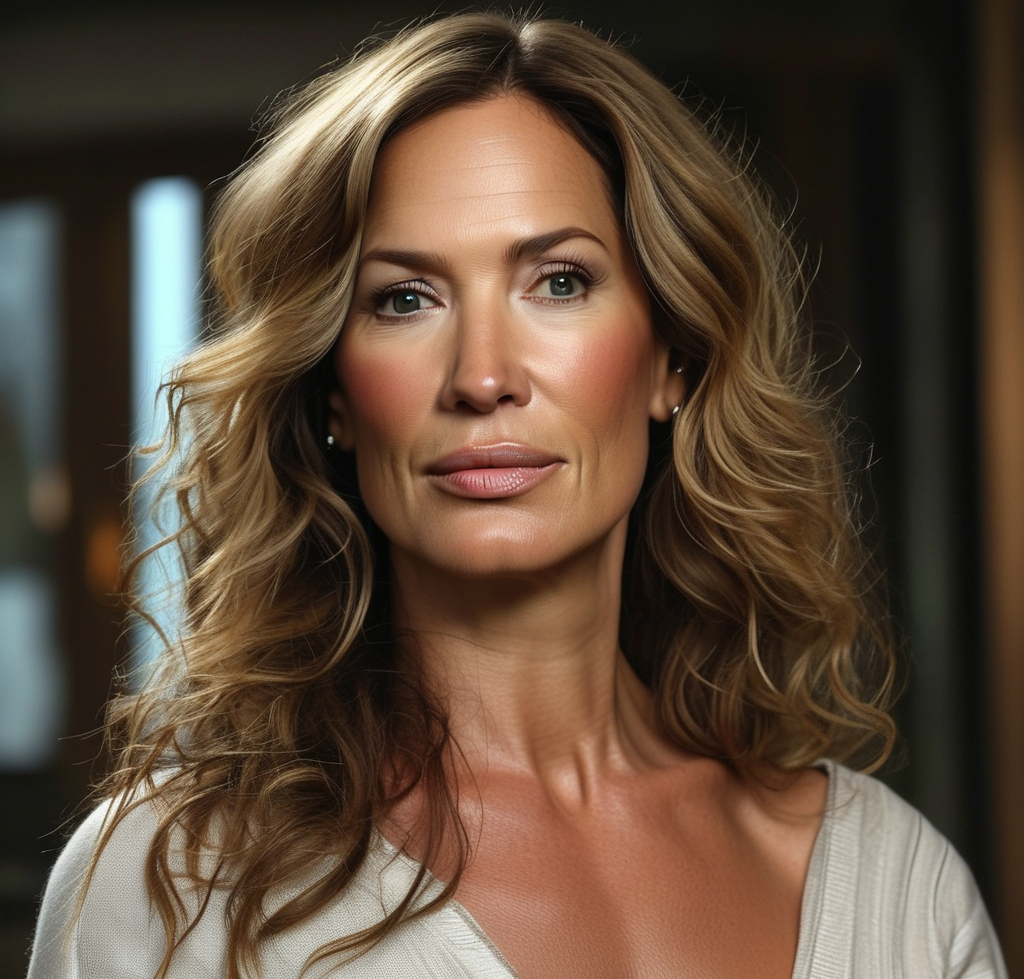
Additionally, the 1980s were the peak of the “power look,” where makeup became a tool for empowerment. Women in corporate environments and the entertainment industry were often seen with strong eye makeup, bold lips, and sharp cheekbones, making a statement with their appearances. The rise of makeup artists like Kevyn Aucoin and celebrities like Madonna and Cyndi Lauper also played a significant role in popularizing this more artistic and unapologetically bold makeup style. This approach to makeup was not only about aesthetics but also about embracing individuality and confidence, which resonated deeply with the culture of the time.
80s Skincare Innovations: From Dry Skin to Glow
The 1980s was a decade that ushered in significant advancements in skincare, moving beyond simple cleansing and moisturizing routines to a more sophisticated approach. With the increasing popularity of the fitness craze and an emphasis on personal well-being, skincare products began to evolve to address specific skin concerns. One of the most notable innovations of the 80s was the emergence of products focused on achieving glowing, radiant skin. The quest for a healthy, youthful appearance led to a surge in moisturizers, exfoliants, and toners, with many products formulated to deeply hydrate and rejuvenate the skin.
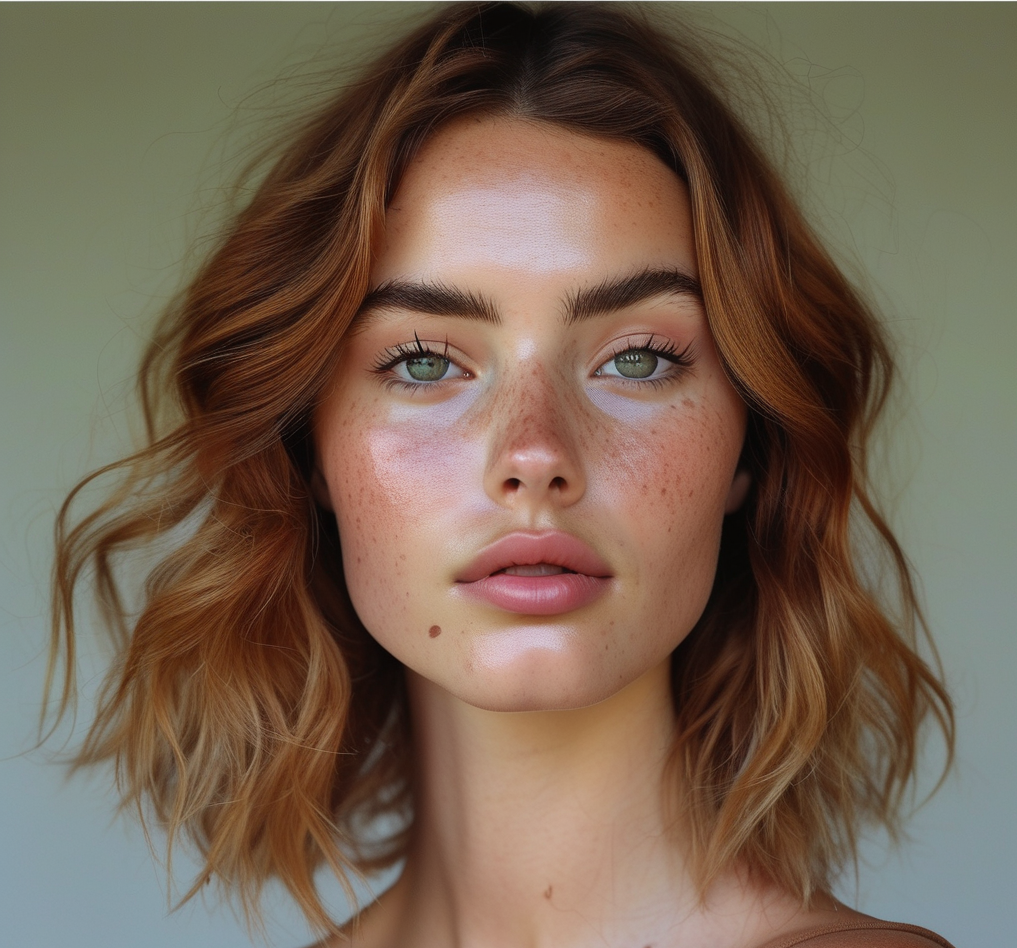
The 1980s also saw the rise of anti-aging skincare products. With more women becoming conscious of aging signs, such as wrinkles and fine lines, brands began to introduce formulas that promised to combat these visible signs of aging. Companies like Olay (then Oil of Olay) began promoting their products as essential for maintaining youthful skin, while brands like Neutrogena made waves with their gentle yet effective cleansers. Meanwhile, facial masks also became increasingly popular, with many options for deep cleansing and hydration. The introduction of alpha hydroxy acids (AHAs) in exfoliants and creams was another notable development, providing a means to remove dead skin cells and enhance the skin’s texture.
The 1980s marked a significant shift in skincare from basic beauty routines to more scientifically formulated products. This shift paved the way for the skincare revolution that would follow in the decades to come, as consumers began to demand more specialized and effective solutions for their skincare needs.
Hairstyles and Haircare in the 1980s: Big, Bold, and Voluminous
The 1980s were truly the era of big hair, with voluminous, bold hairstyles becoming the defining trend of the decade. Hair was not only an accessory but an essential part of one’s identity, with larger-than-life styles making a bold statement wherever you went. Big hair was achieved through a combination of teasing, hairspray, and volumizing products, making hair as much about volume as it was about texture and shape. Popular styles like the “pouf,” “feathered,” and “mullet” took center stage, thanks to celebrities like Farrah Fawcett, who popularized the feathered look, and rock icons like David Bowie and Jon Bon Jovi, whose voluminous, textured styles became synonymous with the ’80s rock scene.
Haircare brands were quick to capitalize on this trend, introducing products that promised to give hair the perfect amount of volume and hold. The use of hairspray was a major component of achieving those full, shiny locks that were so synonymous with the era. Brands like Aqua Net, the go-to hairspray of the time, became almost iconic, offering a strong, long-lasting hold that allowed women and men to maintain their dramatic hairstyles throughout the day and night. Mousse also became a staple in the 80s, giving hair texture and fullness with a soft finish, while gels and pomades were popular for achieving sleek, controlled styles.
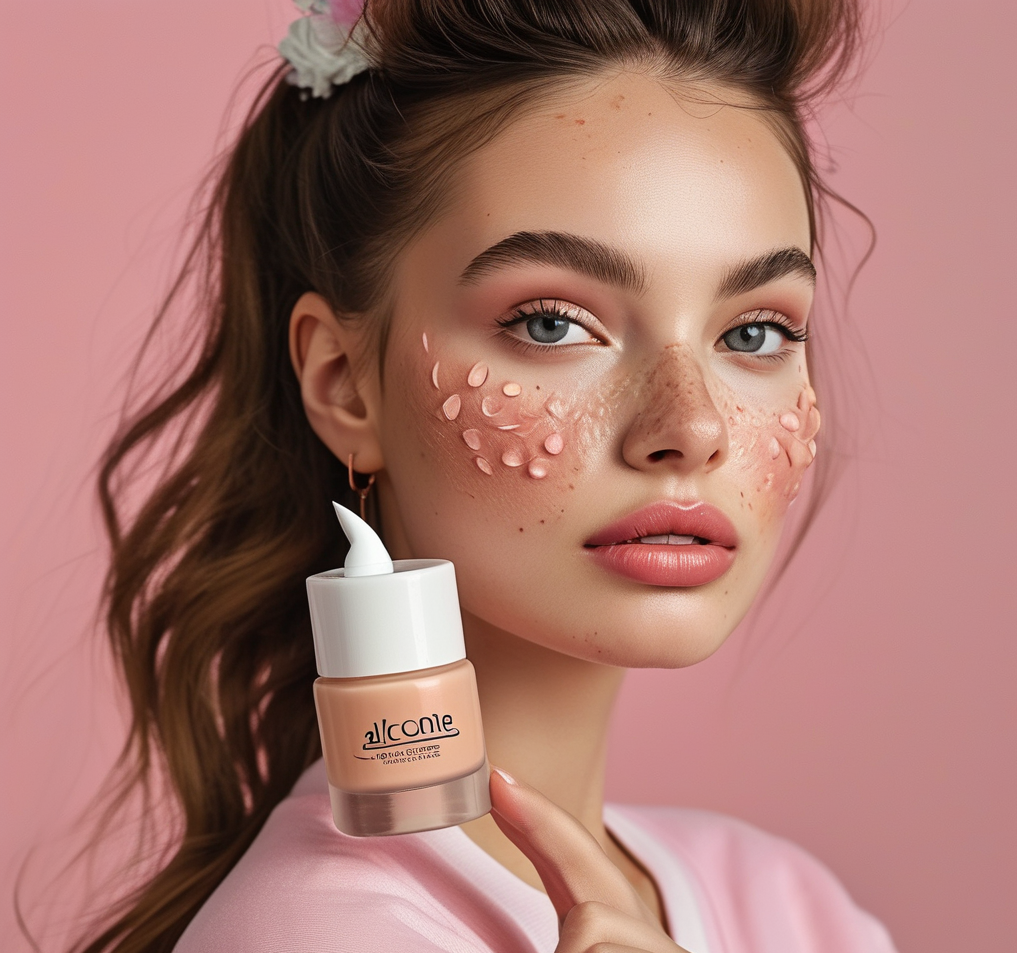
The 1980s were also the height of experimentation with hair color. From platinum blonde to neon hues, hair color was no longer about subtlety. Instead, it was about making a bold statement, often with permanent dye and bleach. The widespread availability of hair dye kits gave many people the chance to try out vibrant hair colors, contributing to the era’s emphasis on self-expression. Haircare and hairstyling in the 80s were not just about following trends—they were about creating an image and making an unforgettable impact.
Fragrance Trends: Signature Scents of the 1980s
The 1980s marked a period when fragrance became more than just a personal accessory—it became a part of one’s signature identity. Perfumes in this era were bold, heavy, and rich, much like the other beauty trends of the decade. Women gravitated towards complex, strong scents with floral, spicy, and even musky undertones. These fragrances were designed to leave a lasting impression, and many became iconic, remaining popular long after the decade ended. Fragrance houses like Chanel, Dior, and Estée Lauder introduced perfumes that would define the olfactory landscape of the 1980s.
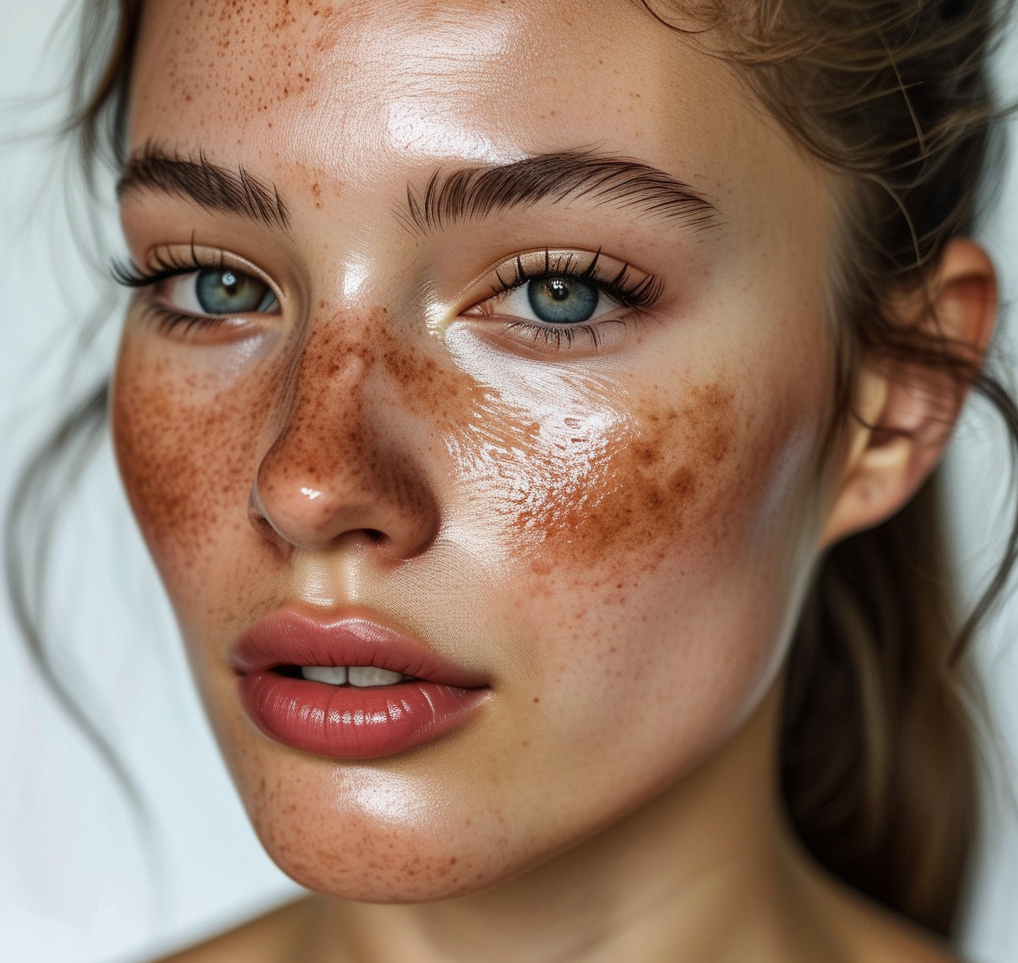
Fragrance marketing also played a significant role in the 80s. Perfume advertisements from this era often featured glamorous, larger-than-life imagery, designed to evoke a sense of luxury and opulence. The campaign for Elizabeth Taylor’s White Diamonds became iconic, with the actress herself becoming the face of the fragrance. These campaigns solidified the idea that a fragrance was not just a smell, but an essential part of a person’s aura and overall identity.
The popularity of bold fragrances during the 1980s coincided with the fashion and makeup trends of the time—larger, more noticeable, and not for the faint-hearted. Just as hairstyles and makeup became more exaggerated, so did the perfumes, which aimed to make a strong statement and leave a lasting impact on anyone in close proximity.
The Introduction of Anti-Aging Products in the 80s
The 1980s marked the dawn of a new era in anti-aging skincare, as consumers began to pay more attention to the signs of aging and the impact of products designed to prevent or reverse these changes. This was the decade when the beauty industry shifted its focus to more specialized skincare solutions, targeting wrinkles, fine lines, and age spots. The increased awareness of skin health, coupled with a growing desire to maintain a youthful appearance, led to the introduction of anti-aging products that would become staples in skincare routines for years to come.
In particular, the 1980s saw the rise of retinol, an ingredient that would eventually become synonymous with anti-aging skincare. Retinol, a derivative of Vitamin A, was introduced into over-the-counter products as a way to combat skin aging by promoting cell turnover and improving skin texture. Brands like Olay (formerly Oil of Olay) capitalized on this trend, introducing Regenerist, a range of products that promised to restore youthful skin and reduce the appearance of wrinkles. At the same time, Clarins and Estee Lauder launched their own anti-aging products that featured more luxurious formulations, with a focus on firming and moisturizing the skin.
In addition to retinol-based products, alpha hydroxy acids (AHAs) gained popularity in the 80s. These natural acids, derived from fruits like apples and grapes, were used in exfoliants and peels to help remove dead skin cells, making the skin appear smoother and more radiant. The popularity of exfoliation also led to the development of gentle face scrubs and chemical exfoliants, which contributed to a skin care routine that promised both prevention and treatment for the visible signs of aging.
The 1980s not only saw the rise of products specifically aimed at reducing the appearance of aging, but it also marked a shift in how people approached skincare in general. Anti-aging products became mainstream, and their growing popularity set the foundation for the booming skincare industry of the 1990s and beyond. The quest for eternal youth was no longer reserved for high-end consumers but became accessible to anyone looking to preserve their skin’s youthful appearance.
The Introduction of Anti-Aging Products in the 80s
The 1980s marked the dawn of a new era in anti-aging skincare, as consumers began to pay more attention to the signs of aging and the impact of products designed to prevent or reverse these changes. This was the decade when the beauty industry shifted its focus to more specialized skincare solutions, targeting wrinkles, fine lines, and age spots. The increased awareness of skin health, coupled with a growing desire to maintain a youthful appearance, led to the introduction of anti-aging products that would become staples in skincare routines for years to come.
In particular, the 1980s saw the rise of retinol, an ingredient that would eventually become synonymous with anti-aging skincare. Retinol, a derivative of Vitamin A, was introduced into over-the-counter products as a way to combat skin aging by promoting cell turnover and improving skin texture. Brands like Olay (formerly Oil of Olay) capitalized on this trend, introducing Regenerist, a range of products that promised to restore youthful skin and reduce the appearance of wrinkles. At the same time, Clarins and Estee Lauder launched their own anti-aging products that featured more luxurious formulations, with a focus on firming and moisturizing the skin.
In addition to retinol-based products, alpha hydroxy acids (AHAs) gained popularity in the 80s. These natural acids, derived from fruits like apples and grapes, were used in exfoliants and peels to help remove dead skin cells, making the skin appear smoother and more radiant. The popularity of exfoliation also led to the development of gentle face scrubs and chemical exfoliants, which contributed to a skin care routine that promised both prevention and treatment for the visible signs of aging.
The 1980s not only saw the rise of products specifically aimed at reducing the appearance of aging, but it also marked a shift in how people approached skincare in general. Anti-aging products became mainstream, and their growing popularity set the foundation for the booming skincare industry of the 1990s and beyond. The quest for eternal youth was no longer reserved for high-end consumers but became accessible to anyone looking to preserve their skin’s youthful appearance.
1980s Beauty Ads: The Glamorous and Over-the-Top Marketing
The 1980s were a time of boldness, not only in beauty products but also in how they were marketed. The beauty industry took full advantage of the era’s excess and flamboyance, creating advertisements that were larger-than-life and visually captivating. These ads weren’t just about selling products—they were about selling a lifestyle, an attitude, and a fantasy. The beauty ads of the 80s showcased high fashion, glamour, and unattainable perfection, often featuring well-known supermodels, movie stars, and singers to further emphasize the aspirational nature of the beauty world at the time.
One of the most iconic beauty advertisements of the 1980s was Cindy Crawford’s Pepsi commercial, where she appeared as the epitome of American beauty and youth. Similarly, Clairol and L’Oréal used star power by featuring actresses like Brooke Shields and Catherine Deneuve, whose striking looks became synonymous with the brands. L’Oréal’s famous tagline, “Because I’m Worth It,” which debuted in the 1970s, continued to dominate throughout the 1980s, resonating deeply with the decade’s theme of personal empowerment. It was a time when beauty products were marketed as a means to transform and elevate one’s life, making consumers believe that by simply using a particular product, they could attain the glamorous and confident persona seen in the advertisements.
In addition to the celebrity-driven campaigns, beauty ads also began incorporating more theatrical elements, with vivid, eye-catching graphics, neon colors, and bold typography. These visual techniques mirrored the visual aesthetics of the 80s—loud, colorful, and in-your-face. Fragrance ads, in particular, became famous for their over-the-top imagery. Calvin Klein’s Obsession and Giorgio Beverly Hills both used dramatic, sultry visuals to sell their perfumes, creating an almost cinematic experience that emphasized the power of scent and its connection to passion and allure.
The 80s also saw the rise of television commercials dedicated exclusively to beauty products, creating a new form of media for advertising. These commercials were often larger than life, with heavy use of glam shots and dramatic lighting to ensure the product stood out in a crowded market. The portrayal of beauty products in this way helped fuel the consumer culture of the 1980s, where beauty became an essential part of success, personal identity, and social standing.
The Role of Celebrity Endorsements in the 1980s Beauty Industry
The 1980s marked a pivotal time when celebrity endorsements took center stage in the beauty industry, significantly influencing consumer behavior. Celebrities, with their larger-than-life personas, became the ultimate symbols of beauty and glamour, and their association with beauty brands helped elevate these products to cult status. Whether it was a supermodel, a movie star, or a musician, the power of a famous face was undeniable in shaping beauty trends and boosting brand popularity during this era.
One of the most iconic celebrity endorsements of the 80s was Brooke Shields for Calvin Klein and L’Oréal. Shields, with her striking looks and natural beauty, became the face of several major beauty campaigns, including the famous L’Oréal “Because I’m Worth It” campaign. Her youthful, innocent appeal resonated with millions of women and helped solidify the idea that beauty was both attainable and something every woman deserved to indulge in. Similarly, Cindy Crawford became a major beauty icon of the era, with her appearances in numerous beauty ads and her association with Estée Lauder. Crawford’s all-American girl-next-door charm, combined with her exotic looks, made her the perfect face for brands that wanted to evoke a sense of glamour and sophistication.
Music icons were also a major part of beauty marketing in the 1980s. Madonna, who was one of the biggest stars of the decade, became a beauty trendsetter, not just through her music but through her iconic makeup and hairstyles. Brands like Revlon capitalized on her popularity, featuring her in campaigns that promoted bold, edgy looks. The bold lip and strong eye makeup, which became synonymous with Madonna’s style, were adopted by millions of fans worldwide.
In addition to musicians and models, the 1980s saw actresses like Elizabeth Taylor and Sophia Loren endorse products, capitalizing on their timeless beauty and established public images. Elizabeth Taylor’s White Diamonds perfume campaign, for instance, became an instant classic, combining the allure of the legendary actress with the luxury of the fragrance. Loren, known for her stunning Mediterranean features, helped promote products that highlighted natural beauty and ageless elegance.
Celebrity endorsements not only shaped how beauty products were marketed but also established an ongoing relationship between the beauty industry and pop culture, one that continues to this day. The connection between beauty, celebrity, and lifestyle became a cultural phenomenon in the 1980s and set the tone for future beauty marketing strategies.
The Enduring Legacy of 1980s Beauty Products
The beauty products of the 1980s continue to leave a lasting impact on the industry, with many iconic products from the era still beloved by consumers today. The decade was marked by bold, transformative products that not only defined a generation but also laid the groundwork for the future of beauty. From makeup to skincare to haircare, the innovations of the 1980s set the stage for the beauty trends of the coming decades, and in some cases, products from the 80s remain staples in modern beauty routines.
One of the most enduring legacies of 1980s beauty is the prominence of voluminous hair products. Brands like Aqua Net and L’Oréal with their hair sprays and mousse continue to be popular choices for achieving voluminous, styled looks. These products have become timeless staples for individuals who love big, bold hair, and they still reflect the 1980s era’s emphasis on bigger-is-better styling. Similarly, Maybelline’s Great Lash Mascara, which became iconic in the 1980s, remains one of the best-selling mascaras to this day. The simple, bold green and pink packaging of the product is immediately recognizable and has stood the test of time, proving the staying power of the 80s beauty trend.
In skincare, the introduction of alpha hydroxy acids (AHAs) and retinol-based products in the 1980s remains a game changer. These ingredients became the foundation of modern anti-aging treatments, and many of the formulas developed during this time continue to be refined and used in contemporary skincare lines. Brands like Olay and Neutrogena, which introduced products that featured these ingredients, are still top choices for consumers seeking effective skincare solutions.
Fragrances from the 1980s also remain immensely popular, with perfumes like Chanel No. 5, Poison by Dior, and Opium by Yves Saint Laurent continuing to be worn and cherished by individuals worldwide. These signature scents, which were once groundbreaking, have maintained their status as luxury items, with their bold, heady notes continuing to evoke the glamour and opulence of the 1980s.
In the realm of makeup, the bold colors and dramatic looks that defined the 1980s have made a strong comeback in recent years. Modern makeup trends often draw inspiration from the vibrant eyeshadows, neon pigments, and bold lips that were so popular during the decade. Brands that began in the 80s, like Revlon and CoverGirl, still offer many of the same iconic products that shaped the era’s beauty trends.
Overall, the 1980s beauty scene laid the foundation for many of the modern beauty trends we see today. The decade’s emphasis on self-expression, boldness, and empowerment continues to influence how we approach beauty products, making the 1980s a key period in the history of the industry.
FAQs:
1. What made 1980s beauty products so popular?
1980s beauty products were popular because they embraced bold, vibrant trends that allowed individuals to express their personal style and confidence. With an emphasis on dramatic makeup, voluminous hair, and luxurious fragrances, beauty became a form of empowerment, especially for women seeking to make a statement.
2. Are 1980s beauty products still available today?
Yes! Many iconic beauty products from the 1980s are still available today. For example, Maybelline’s Great Lash Mascara, Aqua Net Hairspray, and Chanel No. 5 perfume continue to be staples in the beauty world. Additionally, many skincare innovations from the 80s, like retinol and AHAs, remain widely used in modern anti-aging products.
3. How did the 1980s influence modern beauty trends?
The 1980s revolutionized the beauty industry by embracing boldness and self-expression, trends that are still prevalent today. Modern makeup often draws inspiration from 80s neon and bright eyeshadows, while the influence of 80s skincare innovations, like anti-aging products and exfoliants, continues to shape today’s skincare routines.
4. What were the most iconic beauty products of the 1980s?
Some of the most iconic beauty products from the 1980s include Chanel No. 5 perfume, Aqua Net Hairspray, Maybelline’s Great Lash Mascara, and Olay Regenerist skincare. These products became symbols of the era’s opulence, experimentation, and glamour.
5. How did celebrity endorsements affect the beauty industry in the 1980s?
Celebrity endorsements played a huge role in the beauty industry during the 1980s. Stars like Brooke Shields, Cindy Crawford, and Madonna became faces of major beauty campaigns, using their influence to shape consumer behavior and define beauty standards. Their involvement elevated beauty products, making them aspirational and desirable.
Conclusion
The 1980s were a transformative decade for beauty, marked by bold trends, iconic products, and the rise of celebrity influence. From dramatic makeup to skincare innovations like retinol and AHAs, the era was all about self-expression and empowerment. Many 1980s beauty products, such as volumizing hair sprays, bold fragrances, and classic skincare formulas, remain popular today, influencing modern beauty routines.
The cultural shift toward individuality and confidence, which defined the 1980s, continues to shape how we approach beauty. Whether embracing vintage products or new innovations inspired by the era, the impact of 1980s beauty is undeniable, and its legacy continues to influence the industry.
